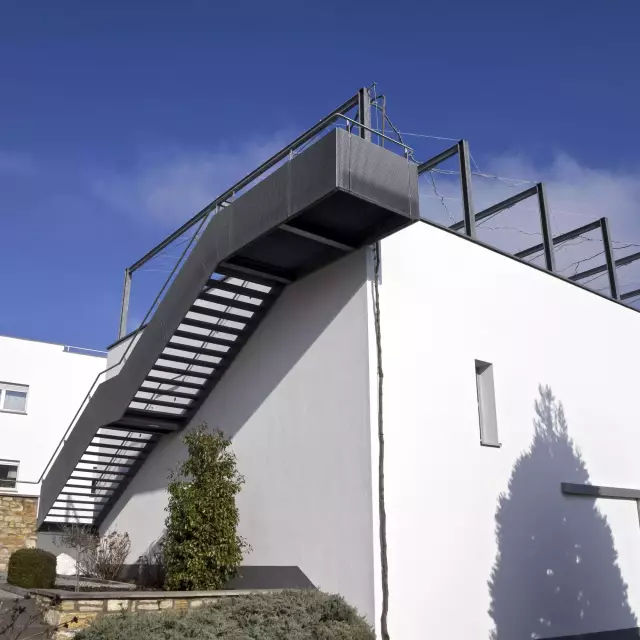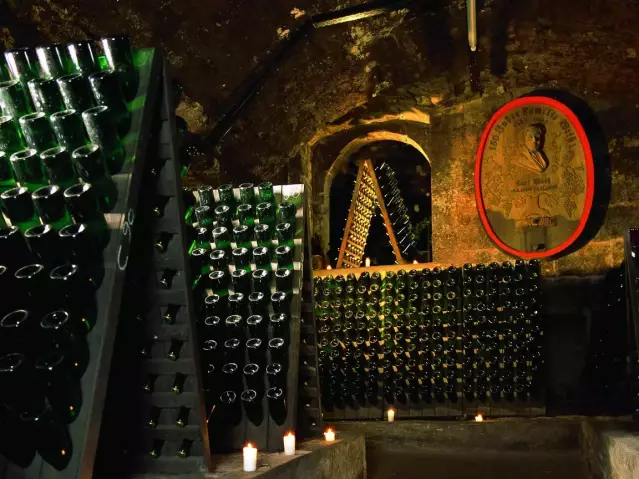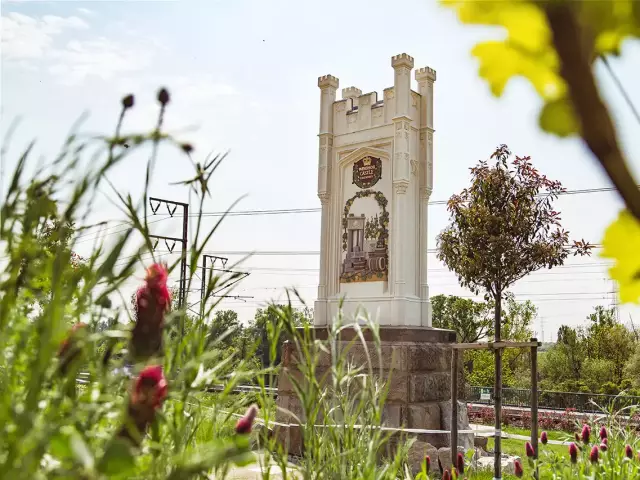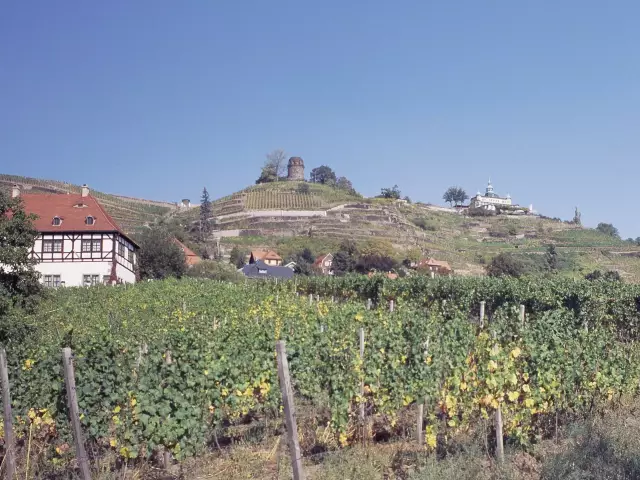Winery : Kreutzenberger

It is unusual for an old winegrower's house to look like a classic modernist building, but that's exactly the case in Kindenheim. This is where the estate of the Kreutzenberger vintner family was built in 1929 – in what was then avant-garde Bauhaus style.
It is unusual for an old winegrower's house to look like a classic modernist building, but that's exactly the case in Kindenheim. This is where the estate of the Kreutzenberger vintner family was built in 1929 – in what was then avant-garde Bauhaus style.
"The courage to break new ground has always shaped our family," says Jochen Kreutzenberger, whose great-grandfather Emil brought Neue Sachlichkeit (New Objectiavity) to Kindenheim over eighty years ago. The small family winery, whose vineyards are in the best locations of Kindenheim, Bockenheim and Wachenheim, also feels committed to tradition; after all, its roots go back to 1438.
The Kreutzenbergers have nothing to do with wrought iron vines and barrel stave romance. On the contrary. With a lot of authenticity, they have maintained the straightforward flat roof construction over the years. They even dedicated a wine label to their architect Otto Prott. At the turn of the millennium, Jochen Kreuzberger decided to build an extension when there was no longer enough space. The greatest possible respect for the existing architecture was a basic requirement. The Oppenheim architect Prof. Heribert Hamann accepted the challenge and created a new building, whose cubic structure, reduced design and minimalist facade adapted and complemented the functional style of the existing Bauhaus building, without imitating it.
As part of the renovation, Jochen Kreutzenberger created the "transparent winery" - a tour that leads interested visitors through all the production processes of vinification and makes the wine's journey from berry to bottle tangible. From the roof terrace of the new building, visitors can enjoy the view of the vineyards along the German Wine Route, the Palatinate Forest and the Rhine valley.
At the inaugural Wine Architecture Awards in 2007, held by the Rhineland-Pfalz Ministry of Viticulture, the German Winegrowers' Association and the Rhineland-Pfalz Chamber of Architects, the jury honored the renovation and new construction with a prize.




